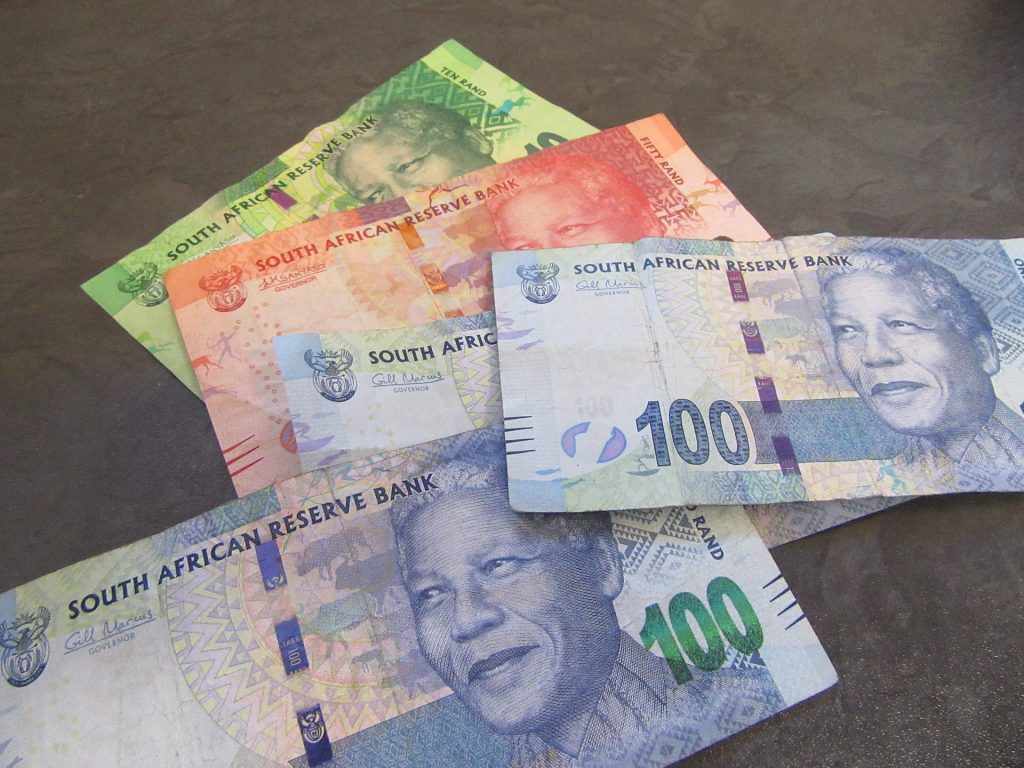On Wednesday, the South African rand experienced a modest decline as traders awaited the highly anticipated minutes from the Federal Reserve’s September meeting, which are expected to provide critical insights into the central bank’s recent policy decisions. By 0746 GMT, the rand was trading at 17.6125 against the dollar, reflecting a decrease of 0.11% from the previous day’s close. In contrast, the dollar index registered a 0.17% increase against a basket of currencies, highlighting a strengthening dollar that often influences emerging market currencies.
Market analysts expect the Fed minutes to clarify the rationale behind the significant interest rate cut enacted last month, a move that has sparked widespread discussion among economists and investors alike. This information could offer essential guidance on the central bank’s future monetary policy trajectory, particularly regarding potential rate adjustments in the coming months. The rand, known for its sensitivity to global economic shifts, has been under pressure, particularly due to prevailing uncertainties surrounding U.S. monetary policy and economic conditions.
“Uncertainties in the U.S. economy are exerting pressure on the rand. A stronger dollar tends to weaken the ZAR, and the Fed’s messaging around interest rate cuts is a crucial element here,” commented Andre Cilliers, a currency strategist at TreasuryONE. His remarks reflect the broader sentiment among analysts who are closely monitoring the interplay between the U.S. economy and emerging market currencies like the rand.
Attention is also directed towards the upcoming release of September’s consumer inflation figures from the U.S. on Thursday, as these data points are likely to have significant implications for market sentiment and investment strategies. Alongside this, local investors will be analyzing domestic mining and manufacturing data, which are critical indicators of economic health and growth prospects in South Africa.
In the stock market, South Africa’s Top-40 index fell by 0.85%, signaling cautious sentiment among investors. However, the country’s benchmark 2030 government bond showed resilience, with yields decreasing by 2.5 basis points to 9.210%. This shift indicates a preference for safer assets amidst the prevailing uncertainties in both local and global markets.

